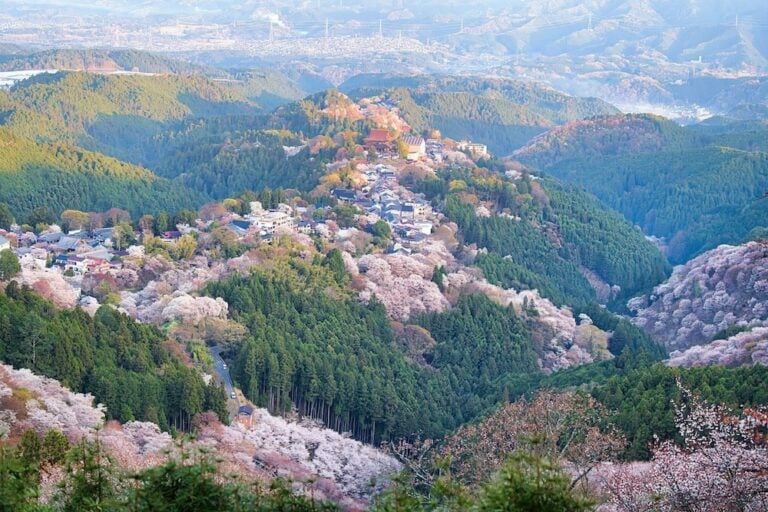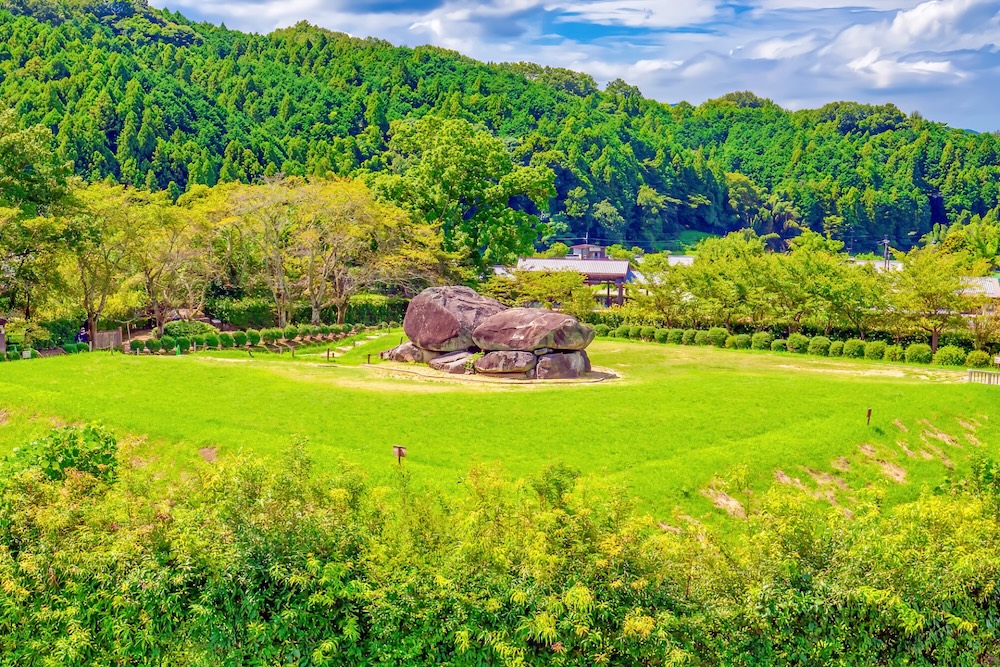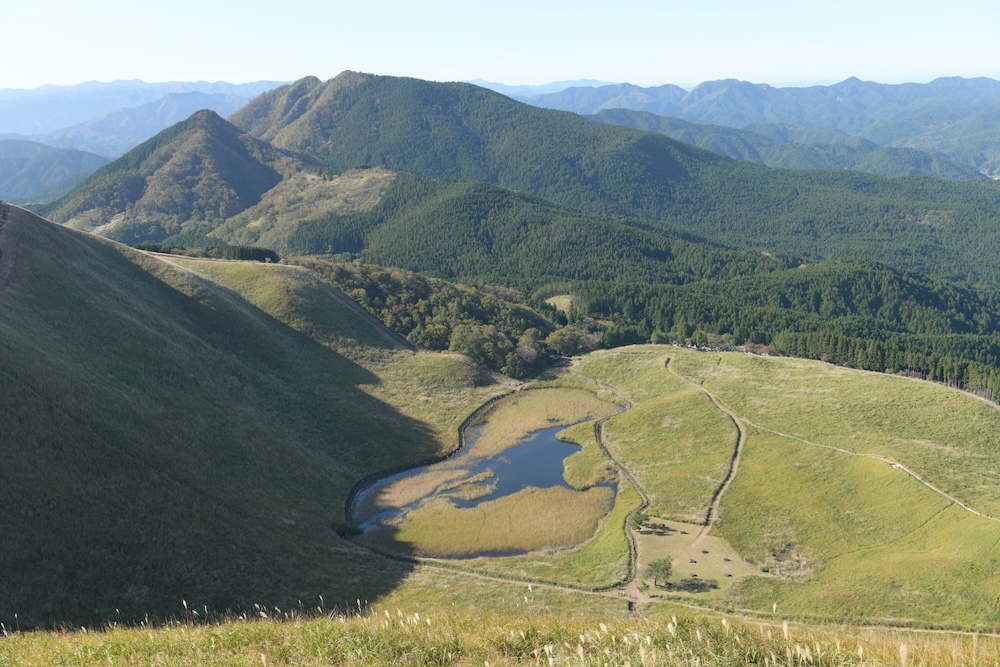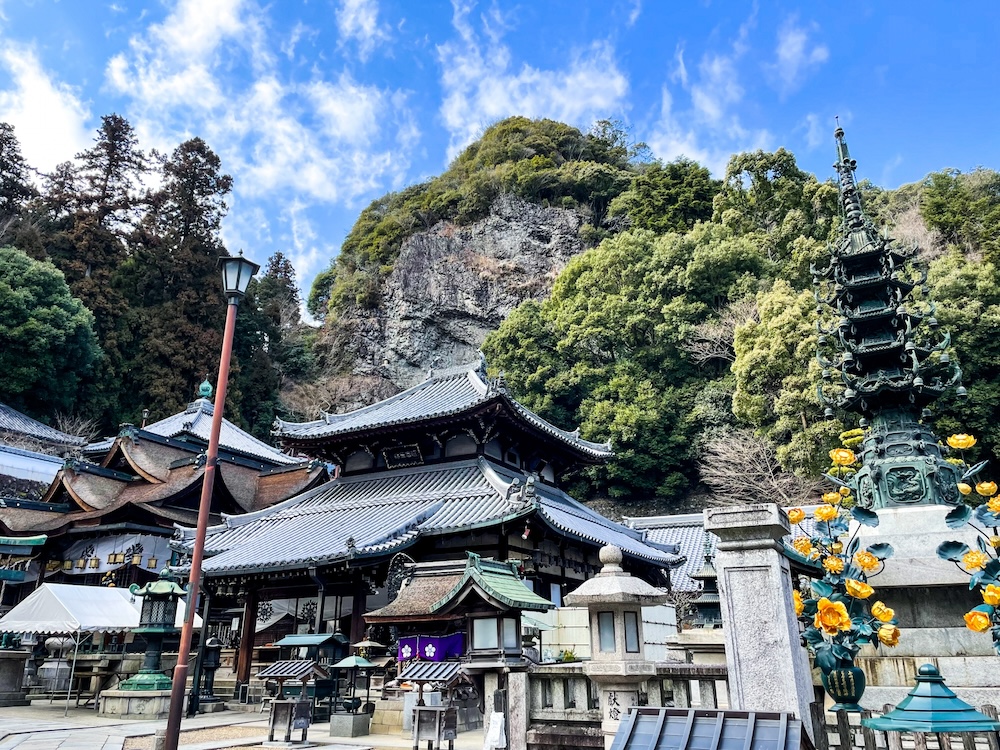
Nara city is one of those big name places for tourists in Japan, synonymous with roaming deer that bow for snacks, crowds and ancient temples. While certainly not on the level of Tokyo, Kyoto or Osaka for must visit places in Japan, it constantly draws big crowds, most often as a day trip for people staying in nearby Kyoto.
That said, few people ever venture outside the prefectural capital and explore the prefecture itself. Strangely, this makes Nara prefecture one of Japan’s best kept secrets even while Nara city continually draws in masses of visitors every day. So what else is there to see and do in Nara? In this article, we take a look at why people should spend more time in Nara.

Historical Places
Nara’s importance in Japanese history is a very well-known fact. In ancient times, Nara city was the capital of Japan and as such hosts many famous historical places such as Todaiji and the Great Buddha of Nara, but this historical nature is not limited to Nara city alone. In Japan’s earliest days, the capital of the country was moved frequently and many of these ancient sites are found throughout Nara.
About an hour’s drive south of Nara city is the small village of Asuka. Asuka was once the capital of Japan during what was known as the Auka period from 538 to 710 AD. The Asuka period was a very important period in Japan’s history and marks the first time where Japan was ruled as a whole nation by the emperor. It also saw the introduction of Buddhism into Japan. Today, Asuka is a small, picturesque village and while not much of the Asuka period remains, the village is home to many ancient burial mounds and artefacts from the period. It is a great spot to visit and bicycles can be hired from the train station to ride around the village and visit all of the historic sites. The Ishibutai tumulus is particularly famous in the area and the Kitora tumulus, where the world’s oldest star chart was discovered, has an excellent modern museum.
Another famous historical location in the Western part of Nara prefecture is the buddhist temple, Horyu-ji. Horyu-ji is one of the most famous temples in Japan and was the first location in Japan to be added to UNESCO’s World Heritage list. It is home to what is considered the world’s oldest wooden building in the form of its main hall, parts of which date back to the 6th century and also holds many buddhist artefacts that are considered national treasures.
Aside from these, Nara is full of historic temples and ancient roads. It’s not uncommon to wander through the countryside and see ancient temples and shrines perched on mountains in the distance.

Abundant Nature
Another piece of Nara that gets overlooked is its abundant nature. Outside of the Nara city area, Nara is full of heavily forested mountains, rivers, tiny villages nestled in little valleys and national parks. Most of Nara’s population is situated in the Nara basin around its capital city with the rest of the prefecture relatively undeveloped. While you do need a car to make the most of it, it is well worth it and is a great spot for hiking and camping, especially if you’re coming from Kyoto or Osaka.
The southern and eastern parts of Nara in particular are full of wilderness. The Yoshino area in southern Nara is home to Mt Hyakko, the highest mountain in the Kansai area. It is also home to Mt Omine, a sacred mountain for practitioners of shugendo, an ancient religion combining shinto, folk religion and buddhism where its practitioners perform trials of endurance in the mountains. Mt Yoshino itself is famous for cherry blossoms in Spring and you can either walk up the mountain or ride a ropeway to the top while enjoying the 30,000 cherry blossom trees that grow there.
The North Western part of Nara is home to Ikoma city, a popular commuter town connected to Osaka by rail. Mt Ikoma makes it a popular spot for hiking and is also home to a small amusement park at the very top of the mountain that has been running since the early 1900s.
Heading east towards Mie prefecture yields more spectacular nature. Near Sakurai city is Mt Miwa which is a sacred mountain and home to Omiwa shrine, one of the oldest shinto shrines in Japan. Further east is the soni Plateau, a remote plateau with scenic views and hiking trails.
It would be difficult to capture all of Nara’s beautiful natural places in a single article but needless to say, if you’re a person who loves nature, it’s the perfect place to explore in Japan.

Local Food
At first glance, Nara might seem a little lacking when it comes to its traditional food specialties but it does have some unique dishes and its food culture has a long history. As one of Japan’s eight landlocked prefectures, Nara specialties often seem to involve fermentation and preservation. One such food is Kakinoha Zushi, a type of sushi that is presented wrapped in a persimmon leaf. Either salted mackerel or salmon is placed on vinegared rice and then wrapped in the persimmon leaf which helps to preserve it. There are variations of this dish available in other prefectures such as Wakayama and Tottori with slight differences but the Nara version is available in many places throughout the prefecture.
Keeping in line with this theme, another of Nara’s famous foods is Narazuke. This is a kind of pickled vegetable made using salt and sake lees. The pickling process is repeated until the vegetables turn a dark colour. Narazuke has a particularly strong flavor that goes well with rice.
For something a little more filling, a particular specialty of Asuka village is something called Asuka nabe, a type of hot pot made by stewing chicken and vegetables in broth and milk. It is a dish that is said to date all the way back to the Asuka period.

With its abundant nature and rich history, Nara prefecture has so many hidden places and things to see away from the regular tourist spots. If you’re looking for a place to explore that’s a little off the beaten path, spending a little longer in Nara prefecture and venturing outside the city is a great way to go.













